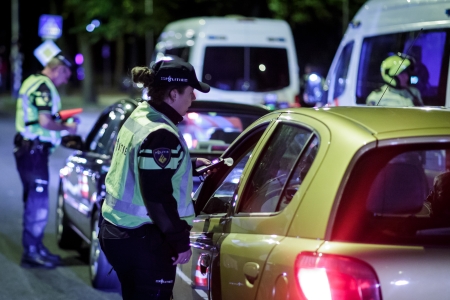Young men
Although young drivers use less alcohol than older drivers [25], they are overrepresented in the casualty and driver groups involved in drink-driving crashes [26]. The reason is twofold: for young drivers, inexperience makes for a higher crash rate anyway, and alcohol affects driving behaviour more when drivers are young than when they are older [20] [22] [27]. Although, in 2009, young drivers (aged 18-21) only constituted 4% of the total number of driving licence holders, they made up 29% of the seriously injured drink drivers], according to the European study DRUID (Driving Under the Influence of Drugs, Alcohol and Medicines), and more than 90% of the young injured drink drivers were men [28]. Young women were not overrepresented among seriously injured drink drivers.
Serious alcohol offenders
In 2015, it was estimated that between 90,000 and 125,000 drivers in the Netherlands can be characterised as serious alcohol offenders: offenders who have been apprehended with a BAC higher than 1.3‰ at least once [29]. They were responsible for two-thirds of all severe alcohol crashes. Traditional measures such as licence suspension and imposing fines seem to have hardly any effect on serious alcohol offenders [29]. For this group, new measures are needed, focusing on prevention with a broader approach to the problems underlying the alcohol offence, possibly in combination with an alcolock or ankle tag. See the question What other measures can be taken?
Goldenbeld, Blom & Houwing [29] characterise serious alcohol offenders as follows: they are more likely to be male, 30-40 years old, single and to be poorly educated. They have a high degree of alcohol dependence and additional psychiatric problems. Furthermore, their mindset tends to downplay the problem of driving under the influence and to avoid personal responsibility. An antisocial or anti-authoritarian attitude may also be part of this mindset. Serious alcohol offenders are also more frequently involved in criminal behaviour in fields other than traffic and they often use drugs in addition to alcohol.
